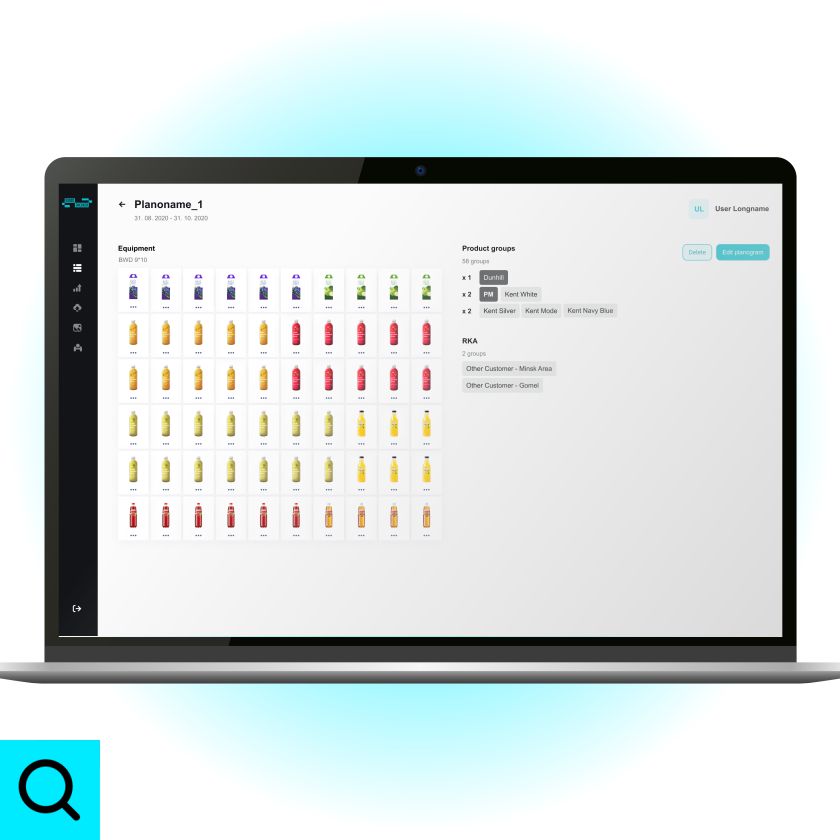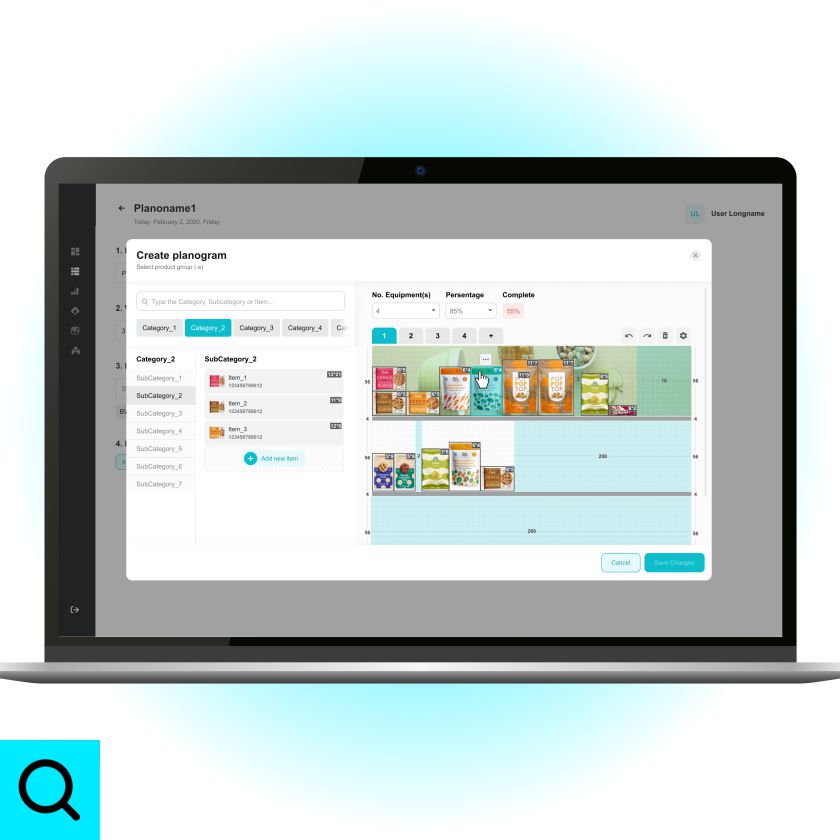A planogram is a helpful tool for FMCG and CPG companies, helping them boost sales. It shapes the arrangement and showcasing of products on store shelves to increase product visibility. A well-designed planogram can help a business strategically garner customer attention and influence purchasing decisions.
Planograms also have the ability to help businesses utilize shelf space, tweak product quantity, and unearth new possibilities for cross-selling. When it comes to creating planograms, businesses can leverage several tools, for example, Plano Creator and Microsoft Excel. In this article, we will explore the capabilities and shortfalls of these tools and discuss how to create a planogram easily.
Table of Сontents
Microsoft Excel – A Legacy Option

From the start, businesses have used legacy tools like Microsoft Excel to create a planogram. Creating a planogram in excel is not only readily available to all Windows users, but it is one of the most popular tools for organizing and displaying data. However, Excel has its limitations for businesses that require more extensive data or require intricate planograms. Moreover, it makes the process more difficult, time-consuming, and less efficient.
For instance, merchandisers often overlook the discrepancies between the store’s shelf layout and the planogram. It would greatly help them if they had a planogram with images, rather than one with tables that include product names in their cells. Programs like Microsoft Excel can’t achieve that, nor can they factor in the particulars of store fixtures, which means merchandisers may confuse between similar products that differ in a single detail. Suppose you have 1L and 1.5L mineral water bottles from the same brand, or other products that only vary in size or quantity.
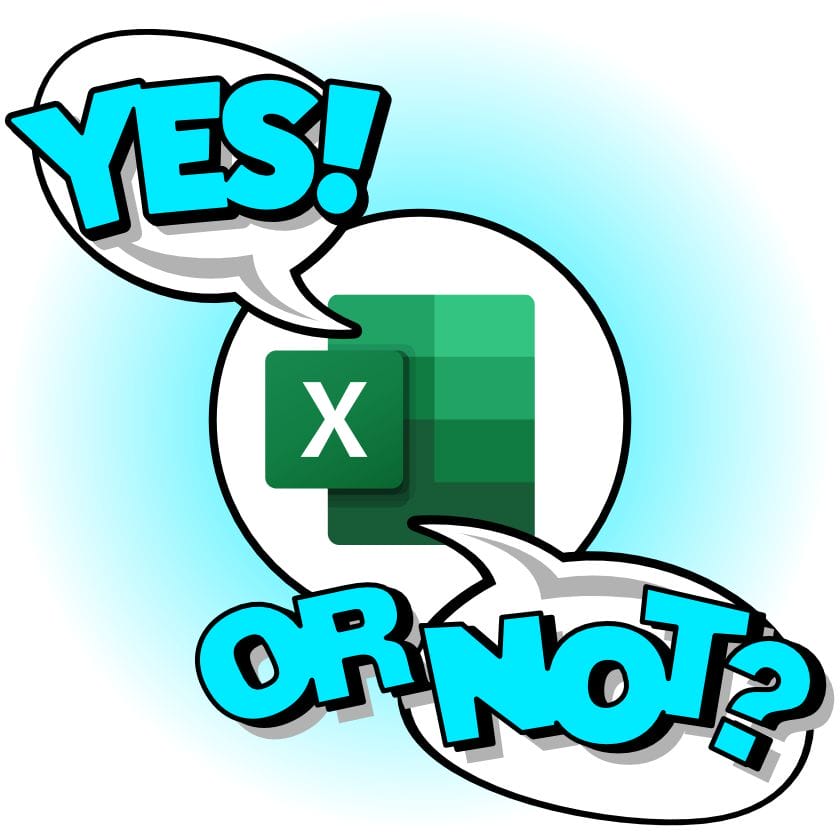
Pros and Cons of Using Microsoft Excel to create a Planogram
Pros:
- It is a widely used and familiar program, making it easier to use.
- It is versatile and can be used for tabulating, representing, and arranging product data.
- It features numerous formulae that allow users to calculate product quantities and optimize shelf layout.
Cons:
- It has limited possibilities for visual representation, making it difficult to visualize accurate product placement.
- The manual data entry and structuring increases the possibilities for errors in planograms.
- It can be quite time-consuming to develop more detailed planograms, especially if there are frequent changes in product arrangements.
A Comprehensive Solution: Creating planograms in minutes with Plano Creator

We have developed the Plano Creator module, which is part of the Goods Checker ecosystem and designed to automate merchandising for small and large businesses. It is developed as an effective solution to address the issues merchandisers face with Excel planogram.
Goods Checker is designed to optimize product placement, streamline logistics, and facilitate timely delivery to retail stores. It also analyzes and leverages the input data to provide better insights.
Plano Creator is the best way to create a planogram that cuts down on the time required to develop accurate and detailed visual planograms. It enables managers to develop planograms involving hundreds of SKUs within a few minutes, and also lets them add product photos with ease. This way, they can have a more realistic view of products and store layouts, and can use the data to boost sales.
The benefits of Plano Creator are far-reaching, as it enables businesses to create an effective planogram, optimize planogram management, improve merchandising efficiency, and redefine the shopping experience for consumers.
Grid Structure
Initially, Plano Creator had a single planogram, called the grid planogram. It was specifically designed for use with uniform-sized products like chocolates, tobacco items, etc. Users could select a particular brand, sub-brand, and SKU to generate the planogram, and it output the recommended quantity of SKUs per shelf.
Notably, the planogram also showcased the entire sub-brand, offering valuable alternatives in situations where a particular product was unavailable. This functionality empowered merchandisers to make informed decisions and optimize shelf space effectively. The grid planogram feature provided a streamlined solution within Plano Creator, catering to businesses seeking efficient planogram management for products of consistent size.
Shelf Structure
The grid structure of planograms is not universally applicable, especially if you consider the wide range of products from manufacturers and distributors. To work around this limitation, we have introduced a shelf structure within the Plano Creator. This feature helps customize equipment sizes, shelf dimensions, and more.
Using the shelf structure to design a planogram, users have access to information like SKU sizes, so they can calculate the remaining shelf space with a simple drag-and-drop functionality. This ensures efficient control over shelf capacity and product arrangement. Additionally, they can select a specific date for the planogram’s validity, eliminating confusion regarding outdated or current versions.
The shelf structure enables the creation of individual planograms for each retail chain, considering the unique demand variations across different locations. This approach facilitates better control over product distribution and ensures tailored product presentation to meet specific market demands within each retail chain.
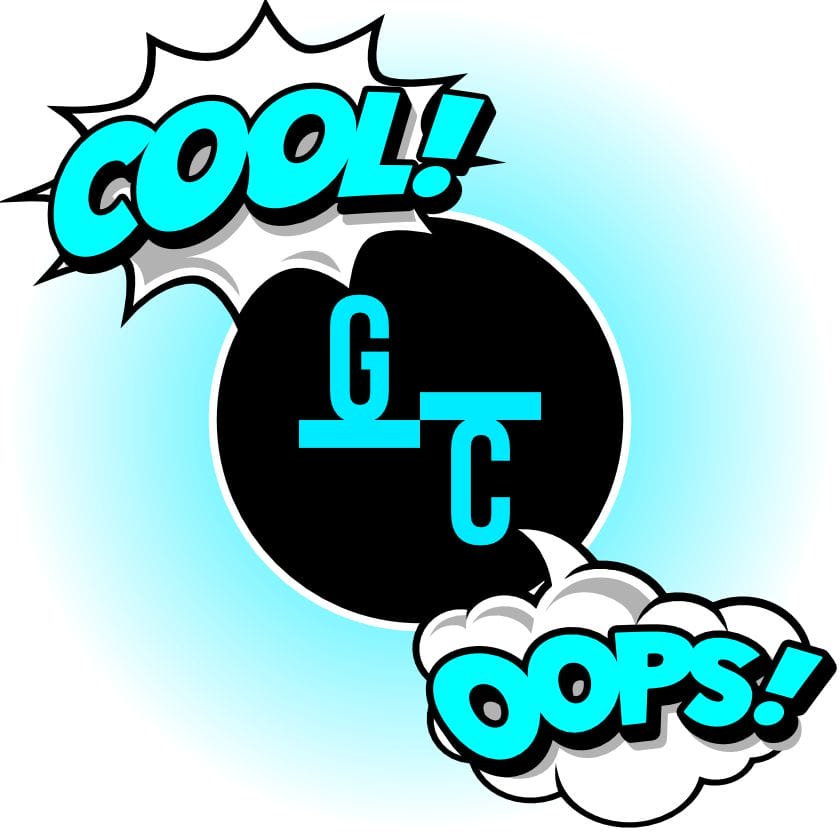
Pros and Cons of Plano Creator
Pros:
- It generates planograms automatically based on predefined rules, saving time and effort compared to manual creation.
- It supports version control, allowing users to track and manage different iterations of planograms, ensuring accuracy and facilitating seamless updates.
- It features built-in approval mechanisms to streamline the process of obtaining approvals from relevant stakeholders.
- It provides real-time analytics and offers various types of reports, enabling businesses to gain insights into product performance, shelf optimization, and overall sales trends.
Cons:
- It requires an initial investment to purchase and integrate.
- It may require time and investment to train employees to use Plano Creator.
Plano Creator offers significant benefits in terms of automation, version control, approval processes, and analytics. It is a simple tool that speeds up the process of creating planograms and simplifies their updating.
Electronic planograms like Plano Creator help managers and supervisors obtain timely and aggregated data from stores. This allows supervisors to set realistic KPIs for merchandisers and objectively evaluate their performance, while managers can increase the compliance percentage with planogram layouts and track the reasons why planograms are not being followed, such as out-of-stock products or broken equipment.
Optimizing merchandising with Goods Checker
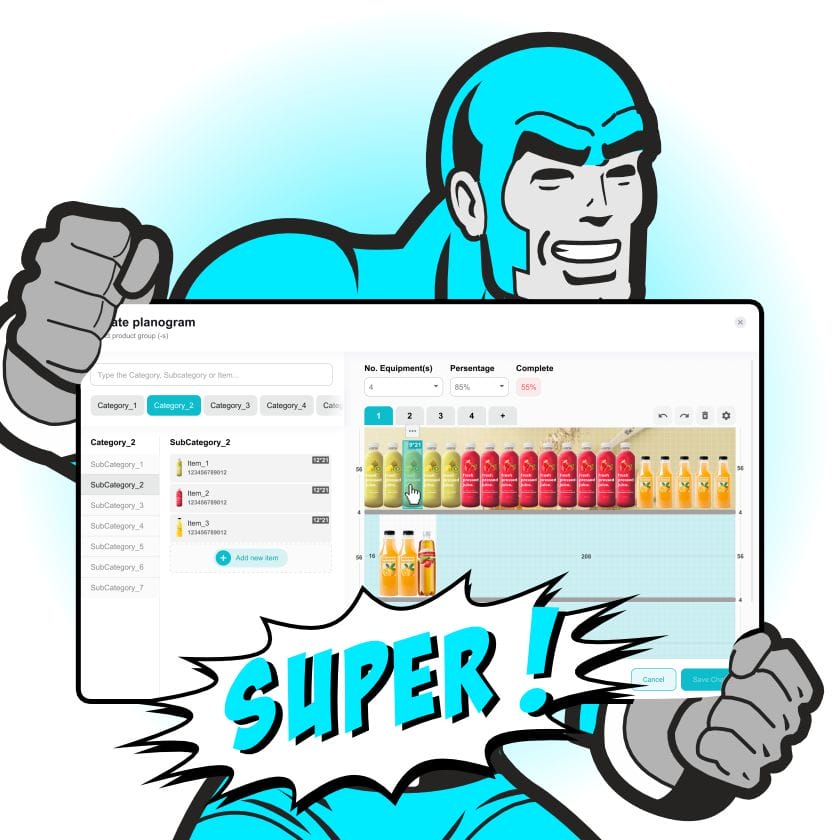
Leveraging automated solutions for planogram design and store merchandising audits brings significant time savings, reducing the workload by approximately 60%. Automation plays a vital role in enhancing data quality through consistent structuring, eliminating duplicates, preventing data loss, and ensuring confidentiality.
Advanced solutions like Goods Checker offer comprehensive analytics across multiple dimensions, empowering managers with detailed insights. With access to reliable and up-to-date data, top management in FMCG companies can make informed decisions with confidence.
By embracing technological solutions for store merchandising audits, businesses experience increased efficiency, improved data integrity, and enhanced decision-making capabilities, ultimately driving success in the dynamic retail landscape.


